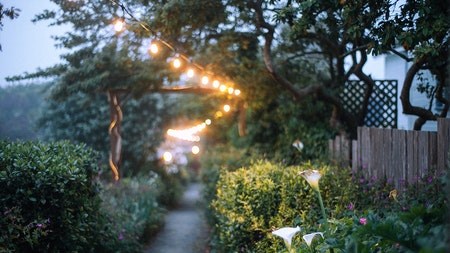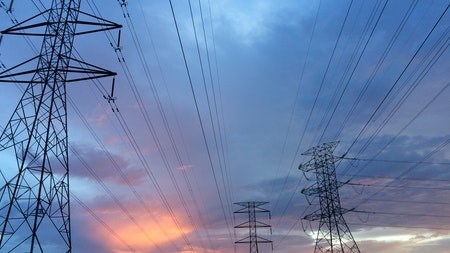More homeowners and retail businesses are paying attention to their outdoor lighting, for added security and safety, in addition to enhancing their properties.
Unfortunately, brightly lit urban areas create light pollution that has an adverse effect on nocturnal animals and migratory birds.
Many animals have adapted to darkness of their natural habitat, and bright lights at night can disrupt their normal behaviour.
Dark sky lighting is a movement to reduce light pollution produced by cities, to protect wildlife. As a bonus, it also makes stars more visible in the night sky.
Benefits
Even if you don’t live in a community that has a dark sky policy, there are many sound reasons for applying the basic ideas to your outdoor lighting scheme.
Installing fixtures that aim most of their light down towards the ground reduces glare and improves visibility.
The wattage and number of lights needed to light an area are less - saving energy and money.
Downlighting with efficient, more subtle light fixtures can also enhance the appearance of your property.
Problems
Poor placement of lighting and the use of inappropriate fixtures or products cause a variety of problems:
A major cause of light pollution is spotlights and uplights, lamps that shine upwards used to illuminate garden features, trees, and buildings.
Carelessly positioned fittings also contribute to ‘sky glow’ due to lights shining or reflecting upwards.
A light that is too bright or strong to be visually pleasing is known as glare. Glare can be caused by: high-voltage lights, lights without shields, or lights that are not correctly angled.
Light trespass is light from a source that illuminates a neighbour’s property.
Solutions
Be mindful of how you are lighting your landscape. Select only the most important parts of the landscape to illuminate.
A more sensitive way of illuminating the landscape at night is to use downlighting.
As the name implies, downlights cast light downwards. They can be fitted almost anywhere – on the ground, next to pathways, on walls, or in ceilings.
Downlights fitted under the eaves of a home will spread light onto the wall, highlighting the façade are a good example. Fitting downlights under the overhang helps prevent light from escaping into the sky.
Hoods and shields on light fittings direct light onto surfaces that need to be illuminated and reduce the amount of light that reaches areas where it is not required.
To avoid glare, install lights with lower voltage and intensity, angling lights downward instead of out at eye level, and shielding lights for a more focused effect.
Select warm-coloured lights in the pink-orange spectrum rather than cool or blue tones. These are preferable for nocturnal animals, and also help to decrease sky glow.
Low-pressure sodium lights are best for areas where sea turtles, or other sensitive wildlife, may be easily disrupted by light pollution.
When shopping for suitable lighting:
Consider installing motion sensor outdoor lights that turn on and off as needed.
Reduce the wattage on outdoor bulbs from 100 to 60 Watts.
Fixtures for driveways, walkways, garden areas, and street lighting should direct all their light to the ground.
Keep in mind that in addition to protecting the environment and conserving energy resources, efficient dark sky lighting will save you money in the long run.





